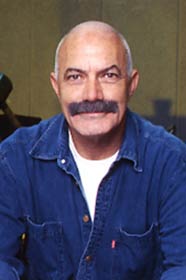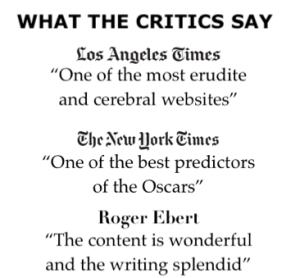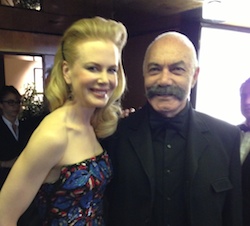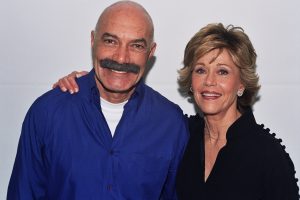Gus Van Sant on His Comeback Filmm, ‘Dead Man’s Wire’, and Unintentional Movies

“I think a lot of the films I’ve made, even unintentionally, have been based on real things,” Van Sant says. “I’ve always been drawn to what makes people do what they do.”
Dead Man’s Wire, Van Sant’s latest film, world premiered at the 2025 Venice Film Fest, and then played at the AFI Film Fest.
The period true-crime drama is based on the real-life 1977 Tony Kiritsis hostage case.
From “Drugstore Cowboy” and “My Own Private Idaho” to the Oscar-nominated “Good Will Hunting” and “Milk,” he’s built a diverse body of work.
“The story had this weird barnstormer energy, we were meeting in the Soho House, and the producer said, ‘We have to start shooting in Louisville in 2 months.’ That was the most appealing thing — just hitting the road like Huckleberry Finn.”
Van Sant, 73, is nostalgic when talking about creative chaos. “The best thing about film is still the accident,” he says.
“River Phoenix used to love when something unexpected happened on set. He’d come alive inside those moments–he could feel his character reacting in real time.”
Van Sant talks about his past, present and future in the industry he’s spent over four decades.

Interest in real-life characters and crimes.
A lot of my films, even the fictional ones, are based on something from the real world — a news story or article. “Drugstore Cowboy,” “Elephant,” and “Last Days” all came from that impulse. It’s not “true crime” like TV, but it’s about what makes someone act a certain way — that question inside the crime.
Bill Skarsgard as Tony and Dacre Montgomery as Richard
Casting was probably as important as the script. I was at a spa one weekend, listening to ambient music, trying to decide if I should jump into this project— we had to start shooting in November. I’d always wanted to work with Bill. I’d offered him roles before that didn’t happen. He has this fascinating career — horror films, but he’s like Lon Chaney, the man of a thousand faces. He’s also 10 years younger than the real Tony, which made it interesting.
Colman Domingo as radio DJ
We actually modeled that character after the DJ in “The Warriors.” That was in the script. We had a few actors pass before Colman came aboard. He was working with our producer, Cassian Elwes, on another project and said, “I’d love to work with Gus.” He was perfect — his presence grounds the film.
Revisiting “Drugstore Cowboy”
There are screenplays by the same writer–James Fogle. There were four different ones, and one of them is called “Satan’s Sandbox,” that I think James Franco wanted to do, but that was the one I kind of preferred. It’s set in San Quentin prison. And actually, when we met him and made the movie, he was in Walla Walla State Penitentiary in Washington State, and so he had stories when they were out of prison, like “Drugstore Cowboy,” when they were running around, selling drugs and stealing drugs.
River Phoenix
I think about him all the time — there’s a picture on the wall of him. He was sort of like a very great collaborator. And we only did that one piece, and he was planning on being in what turned out to be “Milk.” But that didn’t happen till later, before he died, so there was a project that we were talking about.
He was very spontaneous, loved to improvise. That was his favorite thing. And I don’t think he got to, necessarily, depending on who he was working with, go off the page and improvise. It probably wasn’t the type of films he was doing– traditional pieces that were pretty much securely in Hollywood.
He found that out because he went to traditional school — a public school — and kids were telling jokes. He didn’t know what they were; they were like a foreign thing to him. He also didn’t have a smile, which people don’t necessarily know. He told me, I don’t have a smile.’ And I said, ‘You’re kidding.’ And then he smiled and showed me his smile, and I said, ‘Oh yeah, I don’t see that smile in your films.’
Oscar Nominations
Mostly that I didn’t realize when the announcements were happening. I woke up to a bunch of phone calls. It’s the big Hollywood prize — it feels great. At the ceremony for “Good Will Hunting,” they unveiled this huge Titanic ship set, and fog rolled out everywhere. I got so sick sitting there, I swore I’d never use fog on my sets again.
Death of cinema
Not at all. Movies always follow technology — from nickelodeons to iPhones. What matters is the gathering, that communal experience. The art form isn’t dying; it’s just shifting. The best films of the 1920s were miracles because nobody knew what cinema was yet. We’re in another one of those periods of discovery.










